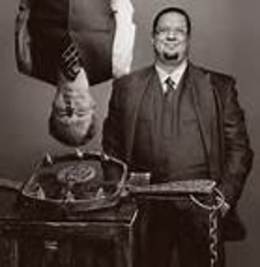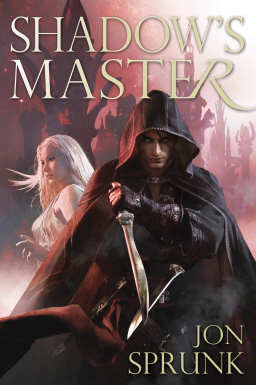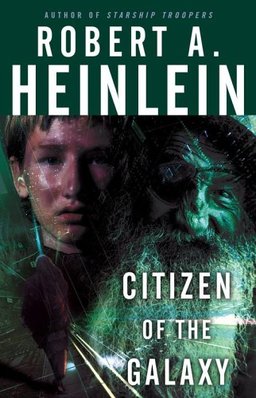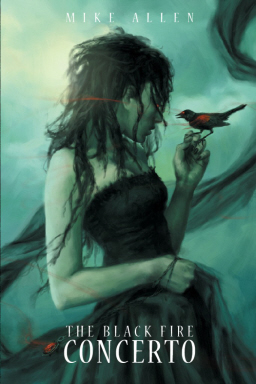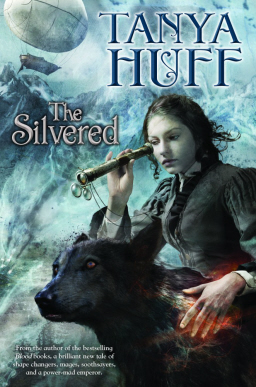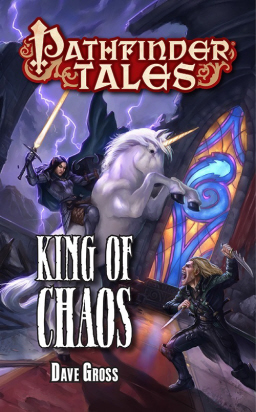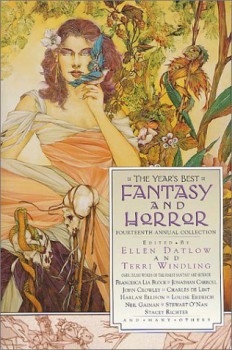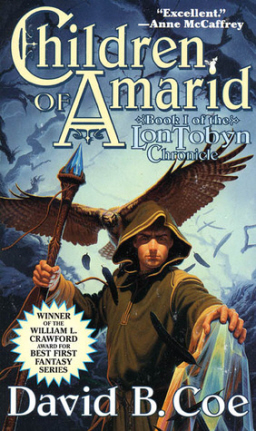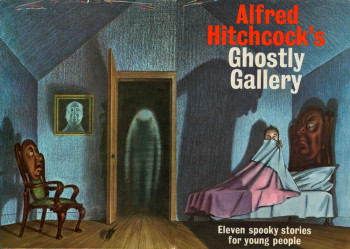War – What is it Good For? Violence in Fantasy Literature
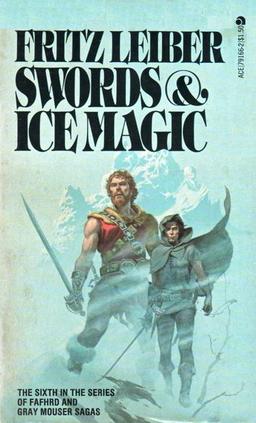 I grew up on pulp fantasy, enthralled by the adventures of Conan, John Carter, Elric of Melnibone, Fafhrd and the Gray Mouser, and others of that ilk.
I grew up on pulp fantasy, enthralled by the adventures of Conan, John Carter, Elric of Melnibone, Fafhrd and the Gray Mouser, and others of that ilk.
They didn’t shirk from danger, whether it be breaking into a wizard’s lair to purloin a rare jewel, battling hordes of evil minions, or challenging the gods themselves. Violence — the bloody conflict between brawny people with big, pointy weapons — was their meat and mead.
And when it came time to unleash my inner voices and craft my own tales, I drew most heavily upon the works of those old masters. At first, I didn’t delve much into my own motivations for doing so. It was enough that I was writing stories that I enjoyed and that (eventually) others seemed to like as well.
But what was I doing? All this fictional bloodshed and the mountains of imaginary bodies piled up before the altar of reading entertainment — what was it good for? Is it wrong for me to perpetuate a style of literature where problems are so often solved with swords and arrows?
(Okay, I want to pause here and tell you that when I read back that last line, my initial reaction is, “Hell no! I’m doing a public service!” Back to the article.)
When I was planning Shadow’s Son, the first book in my Shadow Saga, the main character Caim was originally going to be a thief by profession. I even played with the idea of portraying him as a pacifist, a sort of anti-Conan. Yet, I eventually came to the conclusion that the story would be more satisfying to… well, to me, for starters… if I changed him to an assassin. Still roguish and anti-establishment, but with a much higher THAC0.
